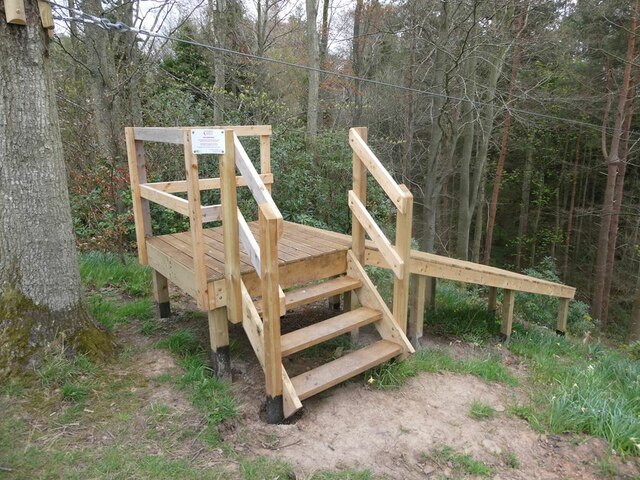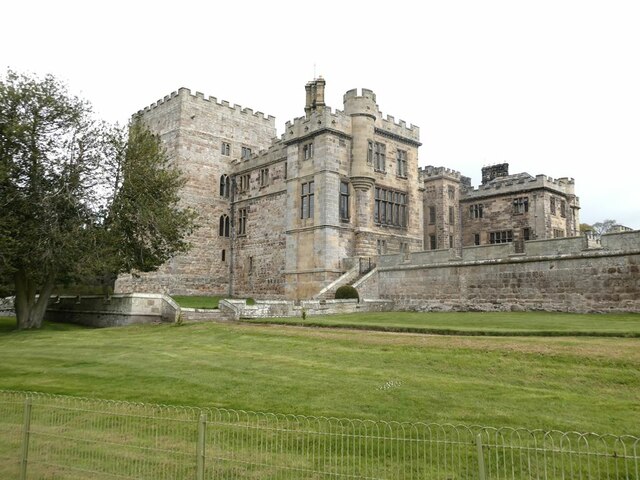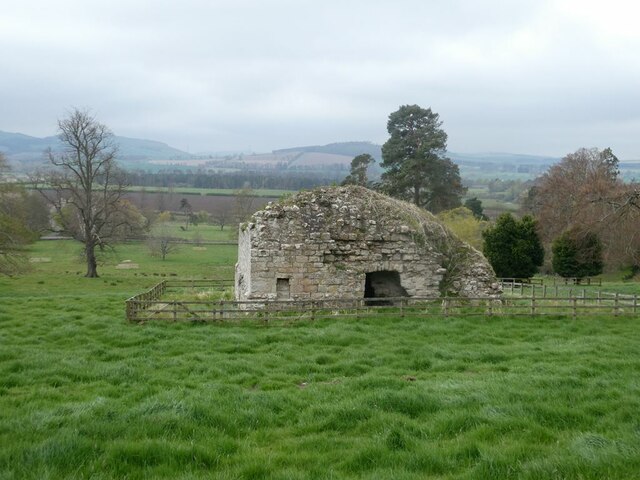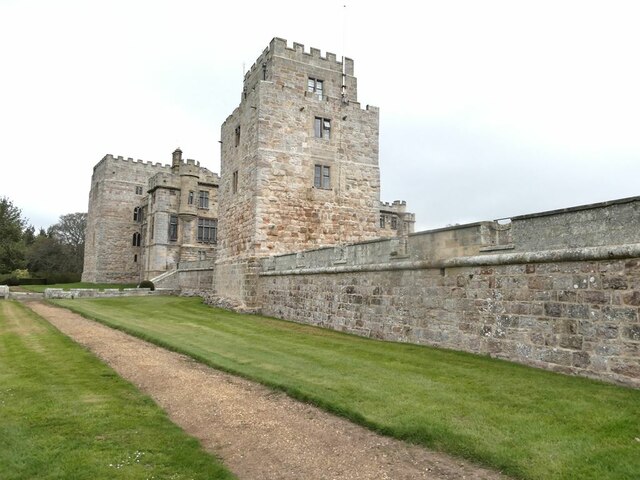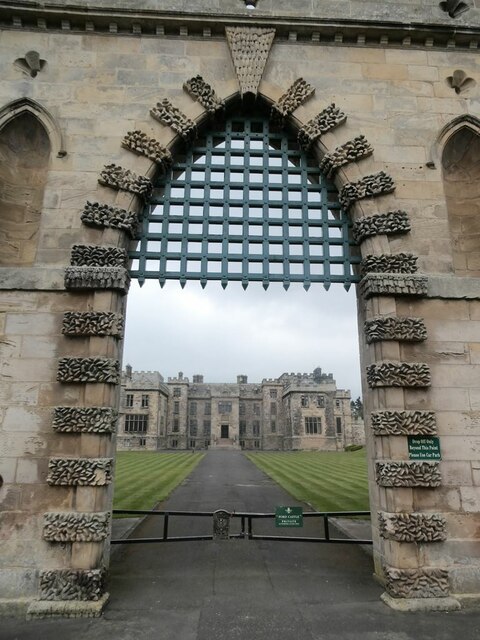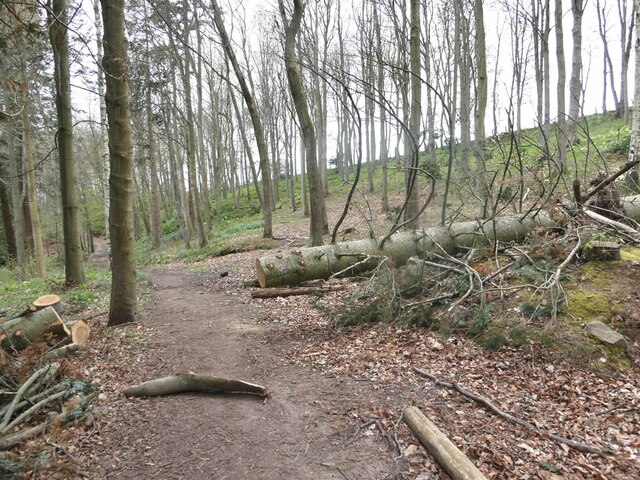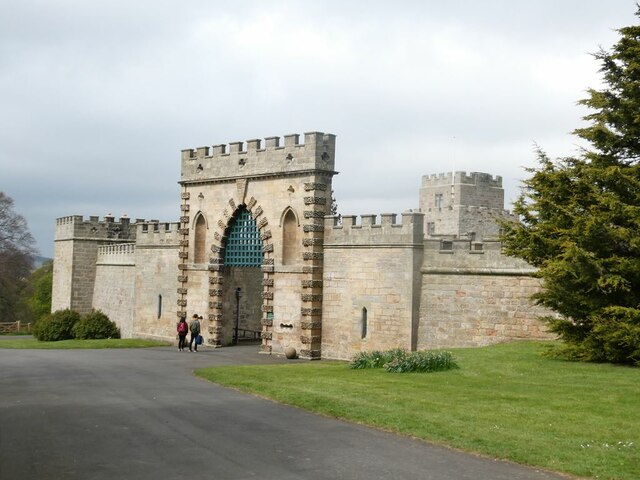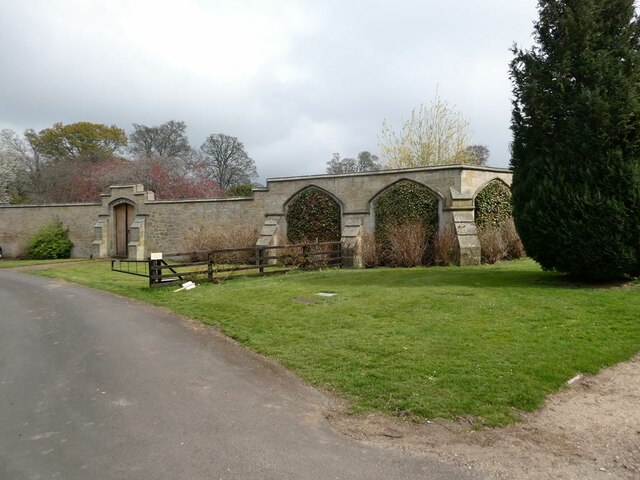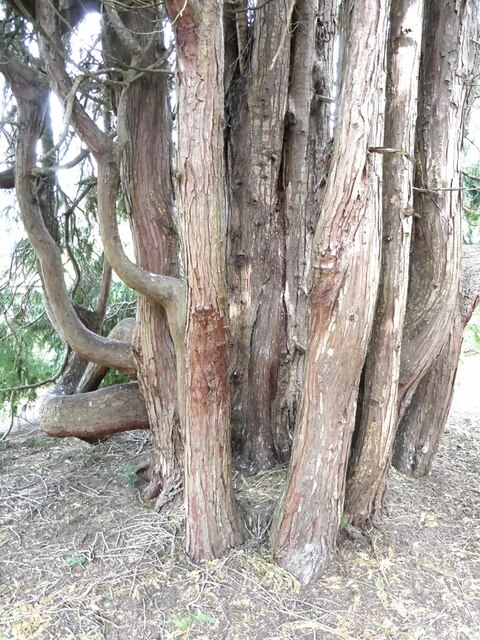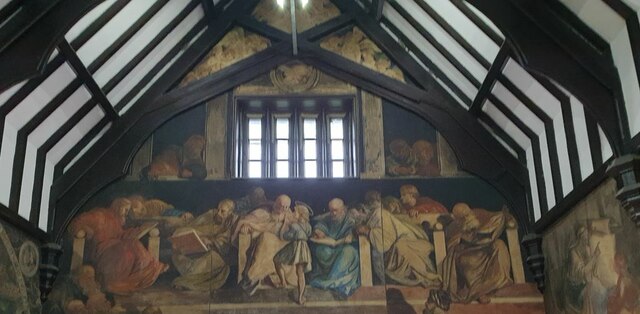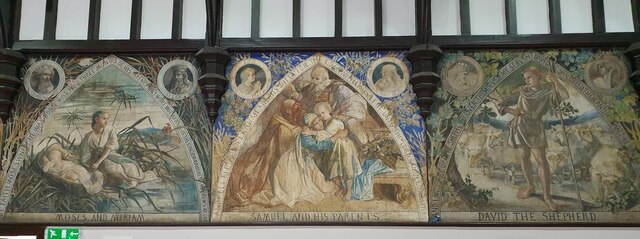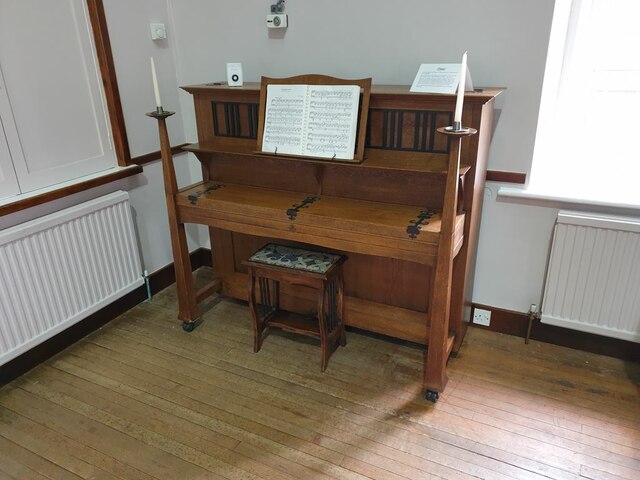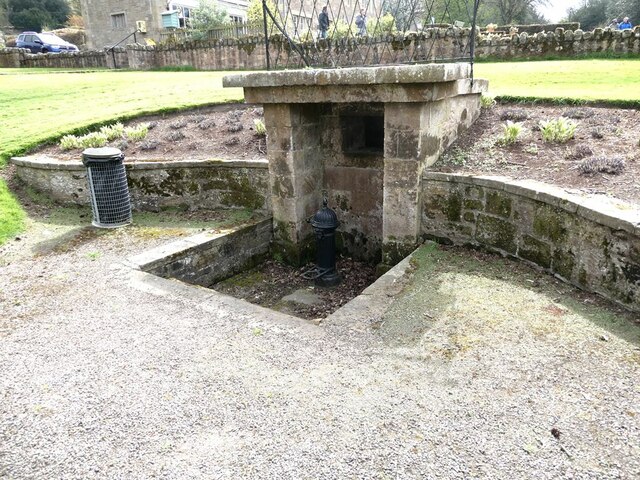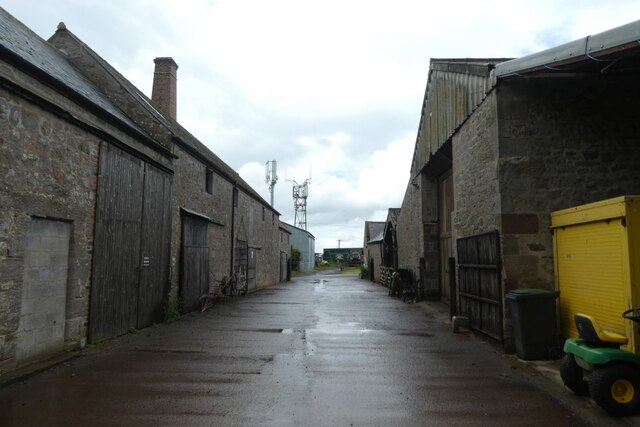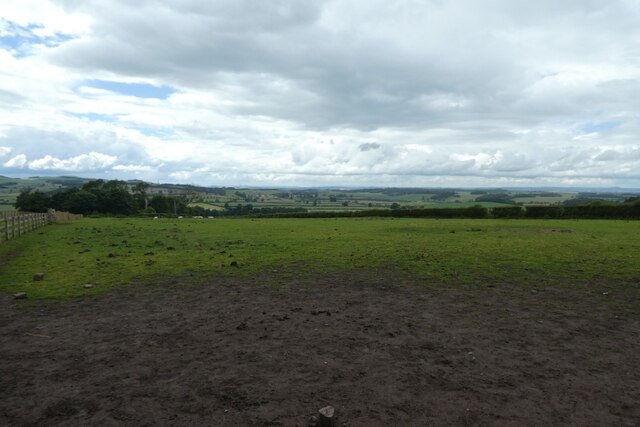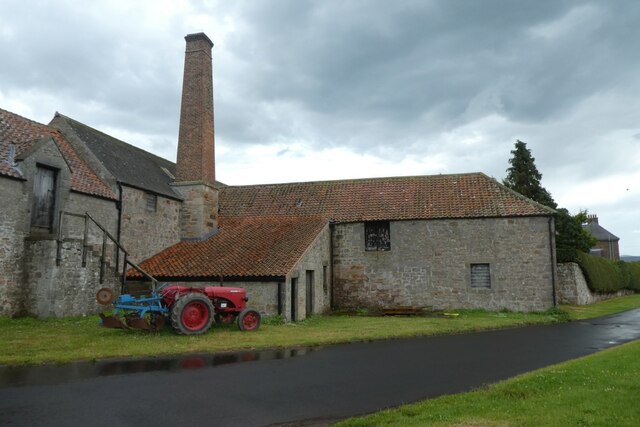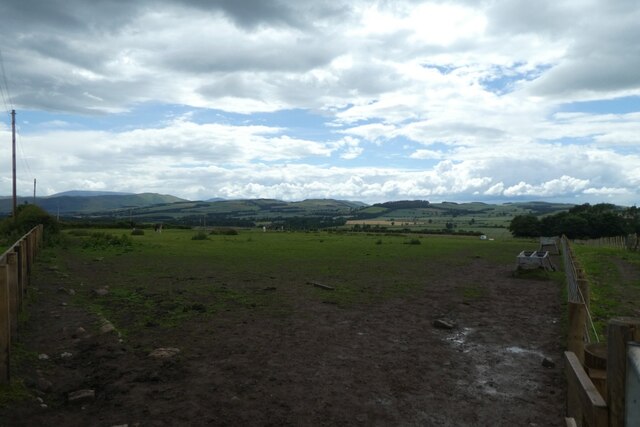Ford Hill
Settlement in Northumberland
England
Ford Hill
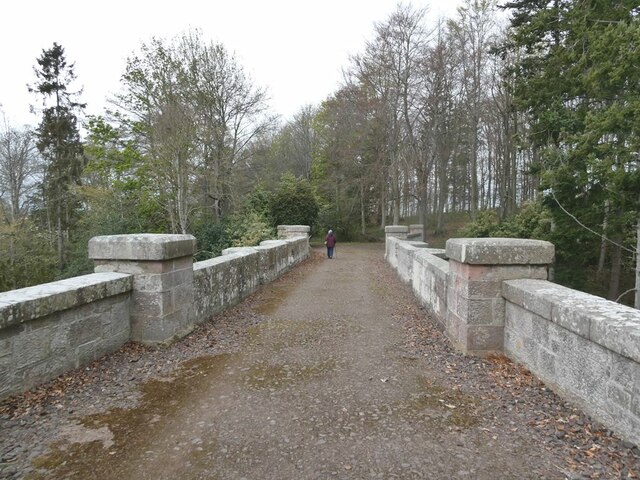
Ford Hill is a small village located in the county of Northumberland, in the northern region of England. Situated about 15 miles northwest of the city of Newcastle upon Tyne, Ford Hill is nestled in the picturesque landscape of the Northumberland National Park.
With a population of approximately 300 residents, Ford Hill offers a peaceful and close-knit community. The village is characterized by its charming traditional stone houses and cottages, which exude a rustic and quaint atmosphere. The surrounding countryside is abundant with lush green fields, rolling hills, and dense forests, creating a beautiful backdrop for outdoor activities such as hiking, cycling, and wildlife spotting.
Despite its small size, Ford Hill benefits from a few amenities that cater to the needs of its residents. These include a local pub, a village shop, and a primary school. For more extensive amenities and services, the nearby town of Hexham is easily accessible, offering a wider range of shops, supermarkets, and leisure facilities.
In terms of historical significance, Ford Hill is home to the remains of a medieval castle, known as Ford Castle, which dates back to the 13th century. The castle has been partially restored and is now used as an educational center and conference venue. Visitors to Ford Hill can explore the castle's grounds and enjoy scenic walks around the area.
Overall, Ford Hill is a charming and idyllic village that offers a tranquil lifestyle amidst the stunning natural beauty of Northumberland.
If you have any feedback on the listing, please let us know in the comments section below.
Ford Hill Images
Images are sourced within 2km of 55.626549/-2.0809647 or Grid Reference NT9537. Thanks to Geograph Open Source API. All images are credited.
Ford Hill is located at Grid Ref: NT9537 (Lat: 55.626549, Lng: -2.0809647)
Unitary Authority: Northumberland
Police Authority: Northumbria
What 3 Words
///relies.agency.miles. Near Ford, Northumberland
Nearby Locations
Related Wikis
Ford, Northumberland
Ford is a small village and civil parish in Northumberland, England, about 13 miles (21 km) from Berwick-upon-Tweed. The parish also includes Etal. �...
Lady Waterford Hall
Lady Waterford Hall is the former village school of the estate village of Ford, Northumberland. It is now used as the village hall and is a Grade II* listed...
Ford Castle
Ford Castle is a Grade I listed building situated at a shallow crossing point on the River Till, Ford, Northumberland, England. The castle dates from about...
Heatherslaw Mill
Heatherslaw Mill is a water mill situated on the Ford and Etal Estate, 7 miles north of the town of Wooler in the English county of Northumberland. It...
Nearby Amenities
Located within 500m of 55.626549,-2.0809647Have you been to Ford Hill?
Leave your review of Ford Hill below (or comments, questions and feedback).
